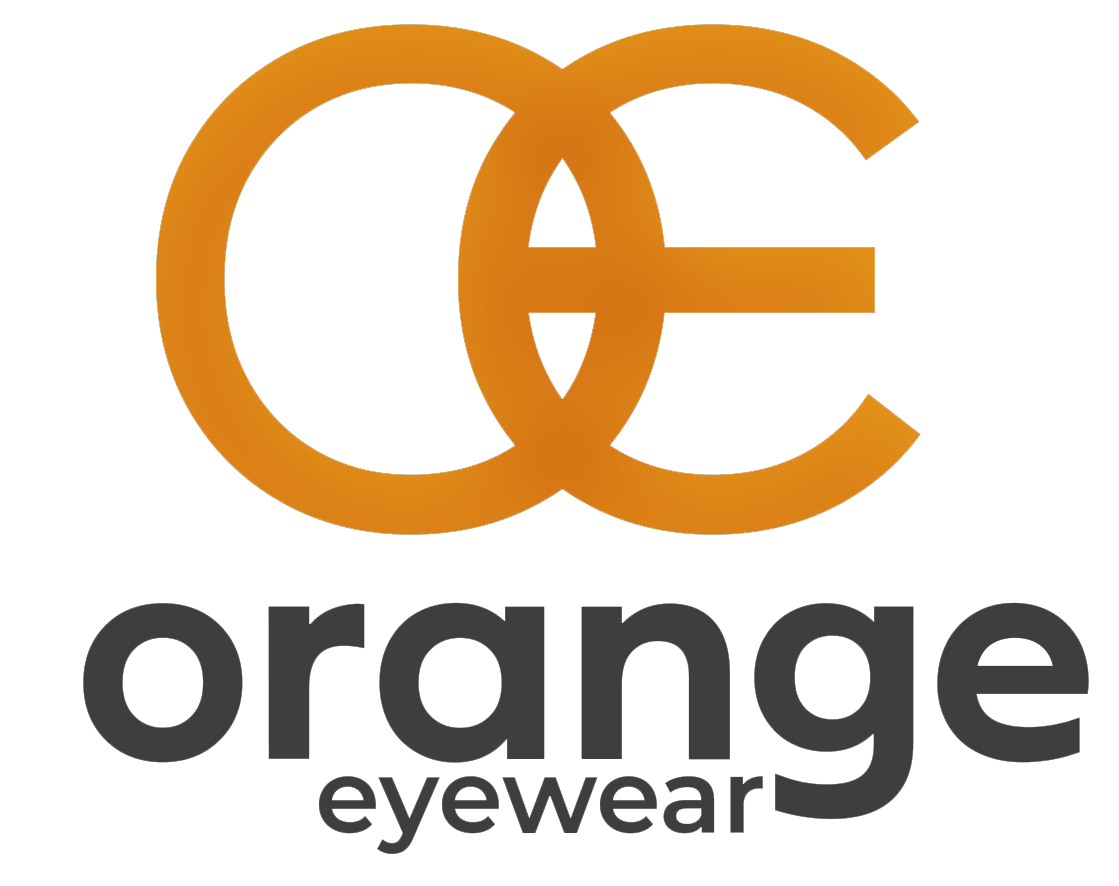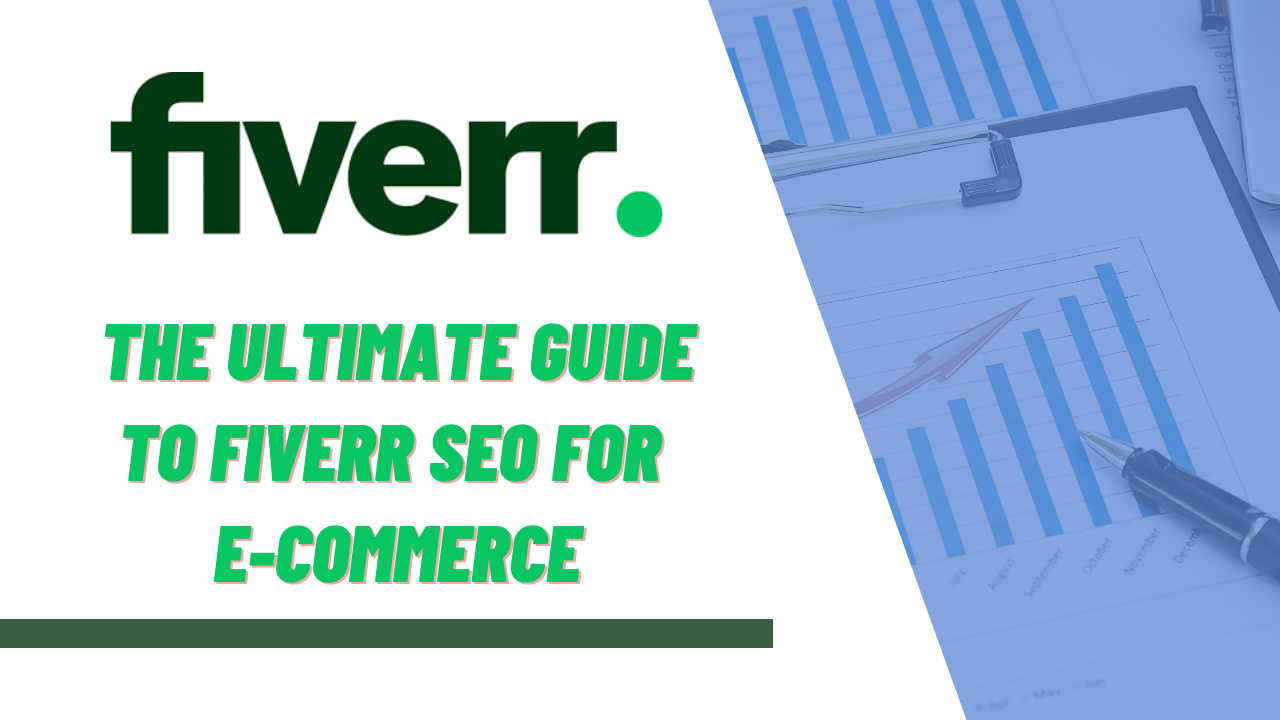
In the not too distant past, websites were created as a necessary evil to present company and product information. Today, however, you must ensure that your new or redesigned website drives leads and business to your company, projects a global image, reduces the cost of marketing transactions and improves customer satisfaction. In past blogs, I've talked about the need to identify:
1. Audience
Identify who your website needs to attract and support. Good websites anticipate who will be visiting and proactively plan for them.
2. Search Strategy
How will visitors arrive at your site? What pages will they land on? What will they be looking for? Where will they come from? Make sure that your search strategy focuses on what the hivemind wants to learn.
3. Content Marketing
What fresh content do you have to interest your audience? You not only have to plan for the launch of the website but for the many months after. In this blog post I want to concentrate on how to Optimize Website Design as part of your Search Strategy.
Optimize Website Design as part of your Overall SEO Search Strategy
Search strategy is a big topic. A topic for books, companies, strategies, tactics, and implementation. For the purposes of this post, I'm only going to address the importance of keywords. Why would you even startto optimize website designwithout first doing keyword research? You wouldn't. You start the process of identifying keywords for your website by trying to understand your hivemind audiences. Forget about what you're selling. You need to find out what they are talking about and what they are searching for and try to bridge the gap. Do some research, visit some relevant blogs, hang out on social networks, use social media tracking toolswhatever it takes to get inside the hivemind. Then using various keyword tools, build a list of keywords based on traffic, competition, and relevance to your hivemind audiences. You can determine the viability of each keyword using the following criteria:
- The estimated amount of searches for the keyword in a 24 hour period
- The number of sites competing for the keyword
- The quality of the sites competing for the keyword
- The ability of the site to support the keyword
- Relevance between keywords
Your number one goal is to accurately depict what your site is about -but in the language of relevant search terms as much as possible. Make certain that every content contributor incorporates identified keywords into titles and page headings, as well as articles, product descriptions, and other content. If your site is not properly described by the keywords you've selected, then you've probably selected the wrong keywords. Do this one thing successfully and every marketing dollar spent afterwards will work harder and reap bigger rewards.
Subscribe today!
The HiveMind Marketing Insightsblog covers all of your marketing needs from SEO to blogging, social media to web design, lead generation and nurturing, email marketing, and analytics.
Original Source: hivemindinc.com















Post Your Comment
Comments